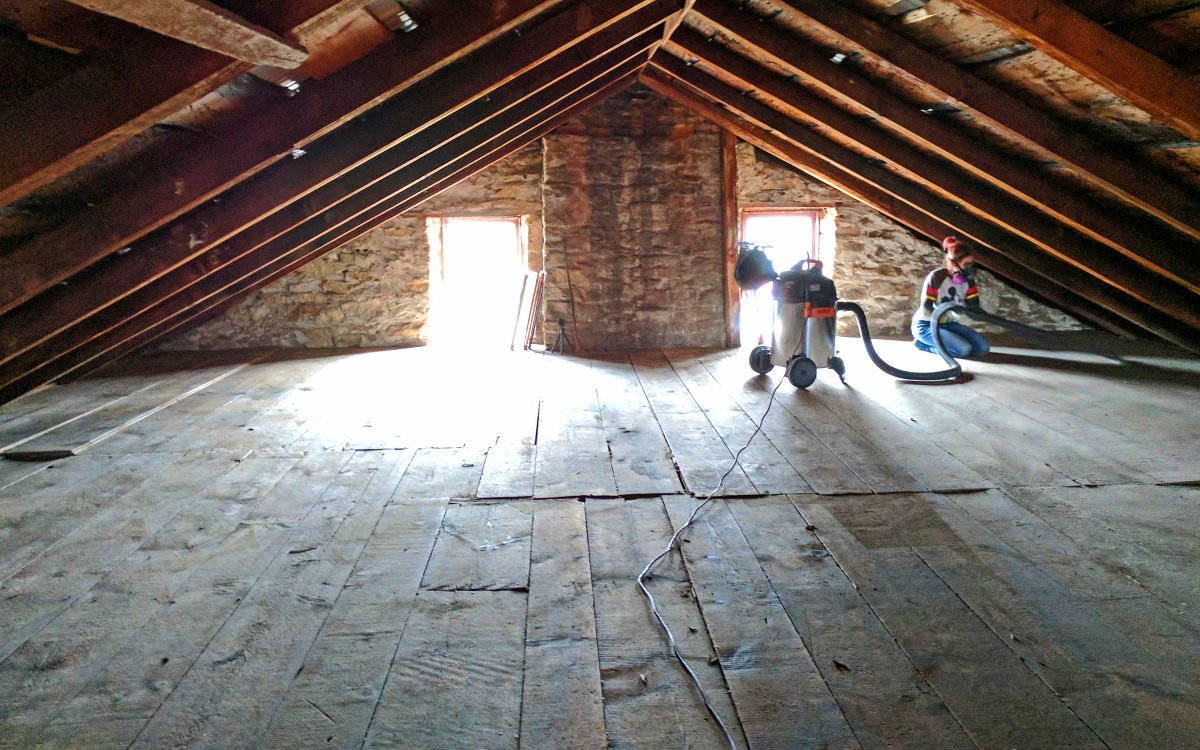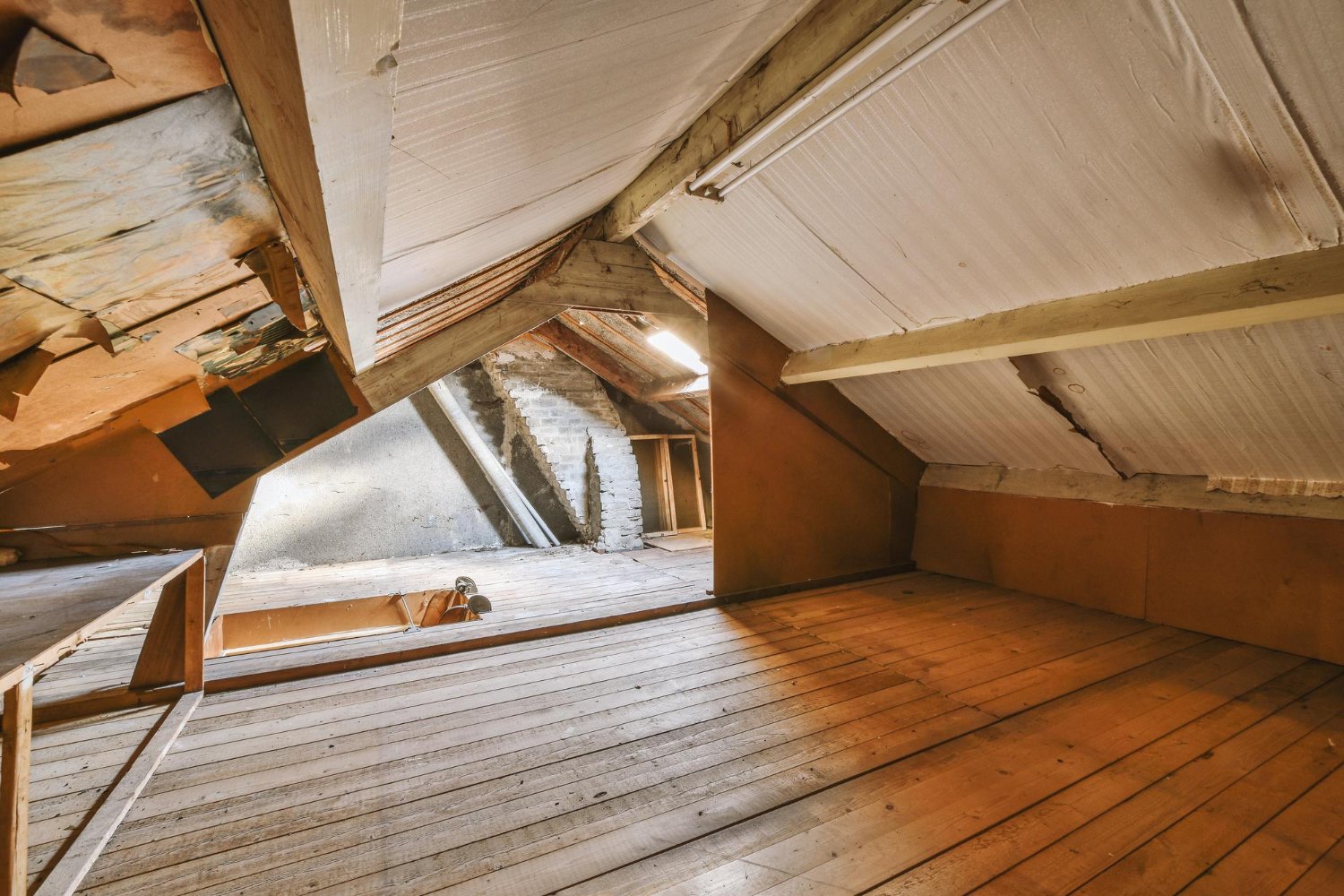As a homeowner or real estate developer, understanding the importance of attic ventilation systems is crucial. These systems not only enhance the comfort and longevity of your home but also contribute significantly to energy efficiency. Whether you’re considering a new build or renovating an existing property, the role of attic ventilation systems cannot be overstated.

What Are Attic Ventilation Systems?
Simply put, attic ventilation systems are designed to facilitate airflow in and out of your attic. This process helps regulate temperature and moisture levels, preventing the growth of mold and reducing the risk of structural damage. Proper ventilation can also lower energy costs by reducing the load on HVAC systems.
Components of Attic Ventilation Systems
An effective attic ventilation system typically includes intake vents, such as soffit vents, and exhaust vents like ridge or gable vents. These components work together to ensure a continuous flow of air, maintaining a balanced attic environment.
Benefits of Proper Attic Ventilation
Attic ventilation systems offer several benefits, making them a worthwhile investment for homeowners:
- Energy Efficiency: By maintaining a consistent attic temperature, these systems reduce the demand on heating and cooling systems, potentially lowering energy bills.
- Preventing Moisture Damage: Adequate ventilation prevents moisture buildup, which can lead to mold growth and wood rot.
- Extending Roof Life: By mitigating heat and moisture, these systems help prolong the life of roofing materials.
Types of Attic Ventilation Systems
There are several types of attic ventilation systems, each with its unique advantages:
Natural Ventilation
This system relies on natural airflow dynamics, using vents to facilitate air movement without mechanical assistance. It’s a cost-effective solution for many homeowners.
Mechanical Ventilation
Mechanical systems use fans to enhance airflow, ensuring more consistent ventilation irrespective of weather conditions. They are ideal for attics that require more intensive ventilation.
Choosing the Right System for Your Home
Selecting the appropriate attic ventilation system depends on various factors, including your home’s location, climate, and attic design. Consulting with a professional can help determine the best solution for your needs. For more insights on attic design, check out this passive house design guide.
Installation Considerations
Proper installation is critical to the effectiveness of attic ventilation systems. This process often involves assessing existing ventilation, sealing leaks, and ensuring that vents are unobstructed. Professional installation ensures optimal performance and longevity.
Maintenance Tips for Attic Ventilation Systems
Regular maintenance is essential to keep your attic ventilation system functioning efficiently:
- Inspect vents periodically for blockages or damage.
- Ensure that attic insulation is correctly installed to avoid blocking vents.
- Regularly check for signs of mold or moisture buildup.
Energy Savings and Environmental Impact
By reducing your home’s energy consumption, attic ventilation systems can significantly lower your carbon footprint, contributing to a more sustainable environment. Learn more about energy-efficient attic solutions here.
Common Myths About Attic Ventilation
There are several misconceptions about attic ventilation systems:
- Myth 1: More ventilation is always better. In reality, balanced ventilation is key.
- Myth 2: Ventilation is only necessary in hot climates. Proper ventilation is essential in all climates to manage moisture.
- Myth 3: Ventilation systems are costly. While there is an initial investment, the long-term savings and benefits outweigh the costs.
Integrating Attic Ventilation in Home Renovations
Incorporating attic ventilation systems during renovations can enhance the value and efficiency of your home. For renovation ideas, explore these attic home office ideas.
Innovations in Attic Ventilation Technology
Recent advancements in attic ventilation technology include solar-powered vents and smart systems that adjust airflow based on temperature and humidity levels. These innovations offer enhanced efficiency and convenience.
Real-Life Success Stories
Homeowners who have invested in attic ventilation systems often report significant improvements in energy efficiency and indoor air quality. For inspiring real-life remodels, visit this The Spruce article.
Conclusion
Attic ventilation systems are an essential component of any home, offering numerous benefits from energy savings to improved air quality. As a homeowner or real estate developer, understanding and implementing these systems can lead to significant long-term advantages.

FAQs
What is the primary purpose of attic ventilation systems?
The primary purpose of attic ventilation systems is to facilitate airflow in and out of the attic, regulating temperature and moisture levels to protect your home.
Can attic ventilation systems reduce energy bills?
Yes, by maintaining a consistent attic temperature, these systems can reduce the demand on your home’s HVAC system, potentially lowering energy costs.
Do all homes need attic ventilation?
Proper attic ventilation is beneficial for all homes, regardless of climate, as it helps manage moisture and temperature, preventing damage and improving energy efficiency.
This article contains affiliate links. We may earn a commission at no extra cost to you.




